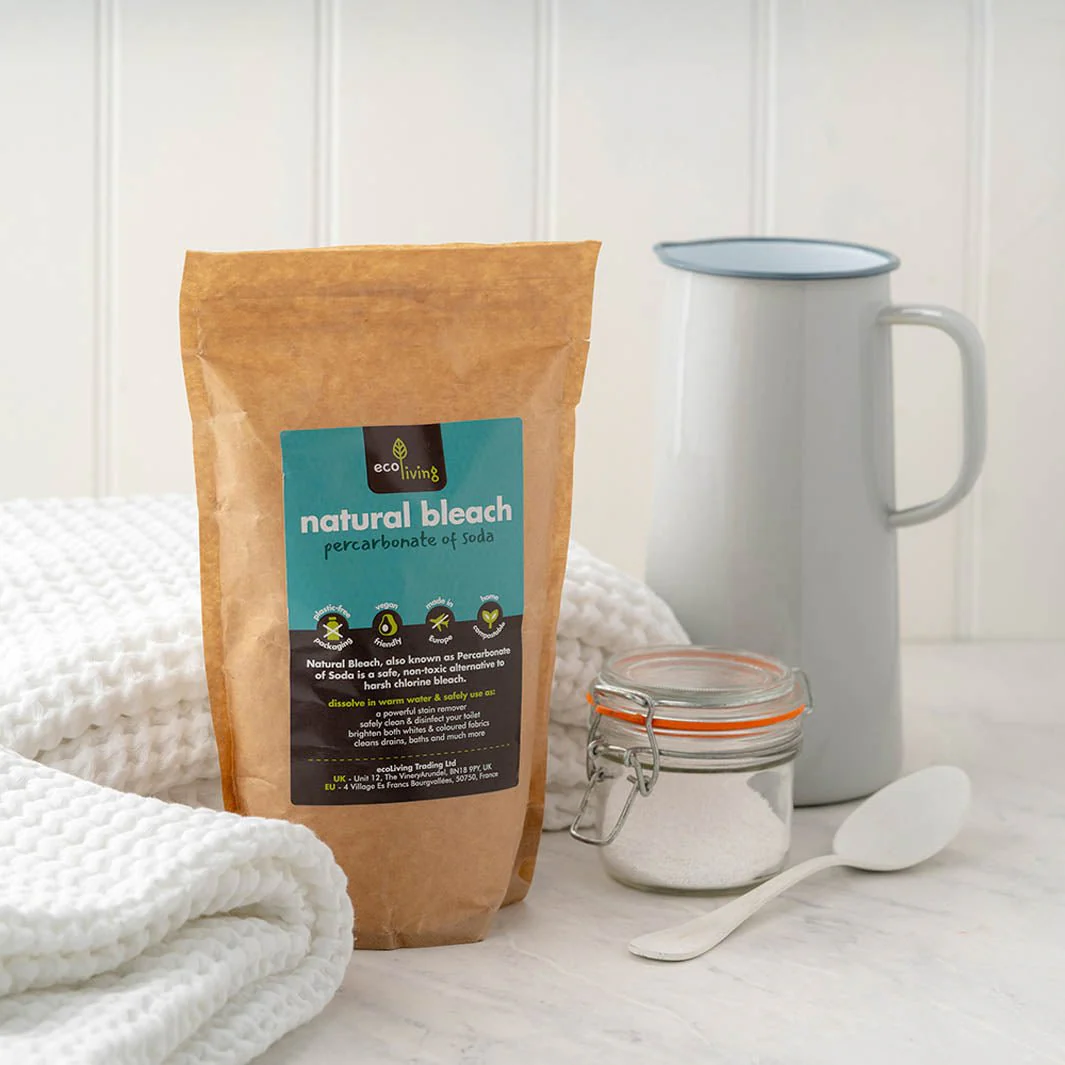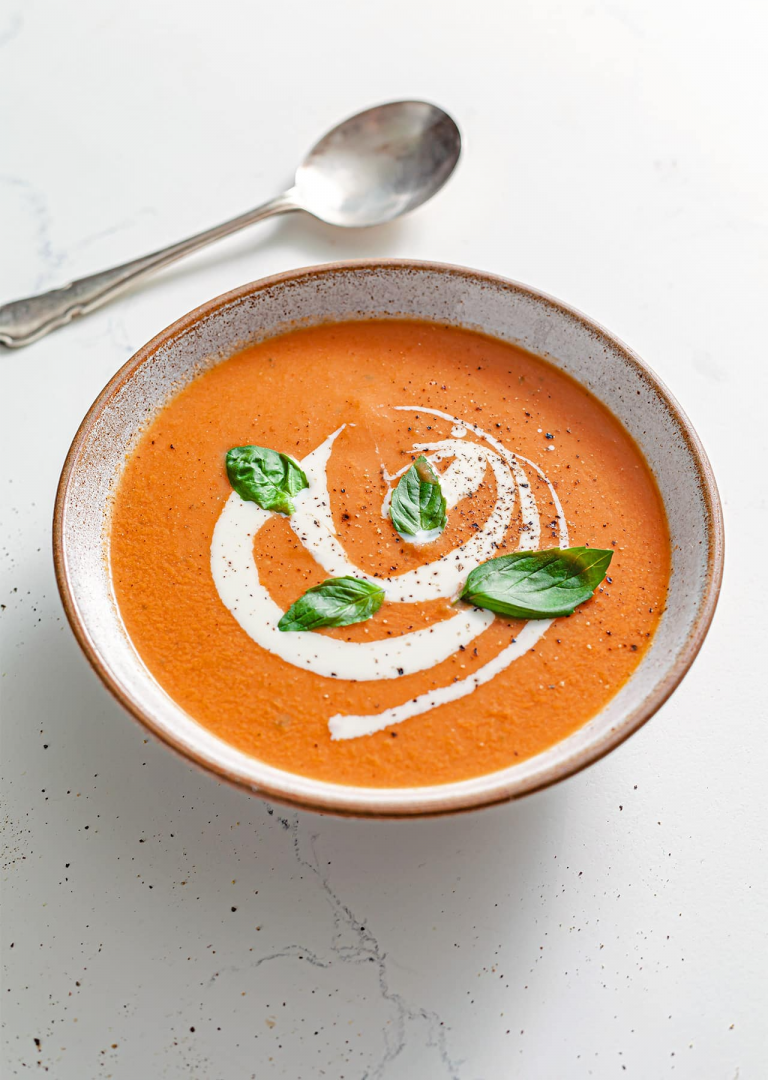
A clean toilet is key for a healthy and fresh home. Harsh chemicals may work, but they come with hidden costs for the environment and your health. Clean your toilet with natural products to ditch plastic, cut waste, and keep harmful ingredients out of your home.
Use these cleaners with plastic-free cloths and sponges (avoid microfibre cloths as these just leach microplastics into the sea when laundered).
Choose Unscented products for pregnancy/nursing, allergies and if cleaning around babies or pets. This is important (citrus oils are toxic, if pets wander into bathrooms). Bio-D and Greenscents (below) offer fragrance-free options.
Anything in excess (esp. essential oils) can harm aquatic life. Never mix vinegar or lemon juice with any bleach (even oxygen bleach) as it causes toxic gas.
You can recycle empty bottles of chemicals with kerbside recycling. For half-full bottles, ask your council as these must be disposed of as toxic waste at the tip.
Choose a Plastic-Free Toilet Brush
Traditional toilet brushes often use plastic that ends up in landfills. Opt for a brush made from natural fibres and a wooden handle. These compostable alternatives are strong and last just as long as plastic. When you swap your brush, pick tools that you can throw on the compost heap when they finally wear out.
Alternatively don SEEP rubber gloves. and simply use plastic-free cloths and sponges to clean your toilet.
Scrub with Bicarbonate of Soda

Bicarbonate of soda (baking soda) works wonders on stains and odours. Sprinkle it around the bowl; scrub with your brush for fresh results. For extra stubborn marks, leave the powder to sit for 20 minutes. It’s also cheap and safe for septic tanks.
Clean with Cleaning Vinegar

Cleaning vinegar is stronger than kitchen vinegar and breaks down grime easily. Pour a cup around the toilet rim, leave it for half an hour, then scrub. The vinegar tackles bad smells and helps dissolve limescale too. Always go for cleaning vinegar over malt or wine vinegar, which might stain porcelain.
Never mix vinegar (or lemon) with bleach (even oxygen bleach), it causes dangerous gas.
Remove Limescale The Natural Way
Limescale leaves crusty white marks in your loo, especially in hard-water areas. Pour hot (not boiling) cleaning vinegar into the bowl and let it sit overnight. Scrub well in the morning with your natural brush. For heavy build-up, a paste of bicarbonate and water adds some extra punch.
Use Soda Crystals for Deep Cleaning

Soda Crystals soften water and boost the cleaning power of your natural products. Once a month, sprinkle a handful into your toilet, add hot water, and leave for a few hours. Soda crystals loosen grease, urine stains, and limescale, making them easier to clean off. Close doors to avoid children and pets coming in.
Use Oxygen Bleach to Remove Stains

Chlorine bleach is tough, but it’s not kind to waterways or wildlife. Natural oxygen bleach (sodium percarbonate) lifts grime and whitens without toxic fumes. Just sprinkle some into the bowl, let it fizz for 15 minutes, then scrub. It’s safe for most drains, and you hardly need any.
Never mix vinegar (or lemon juice) with bleach (even oxygen bleach), it causes dangerous gas.
Choose Biodegradable toilet Cleaners
Always choose unscented if pets wander into bathrooms!

Miniml Spearmint Peppermint Toilet Cleaner is made with Yorkshire water. At end of use, you can refill it locally, or use the QR code to send off your empty container, for washing and refilling.

Greenscents offers organic toilet cleaners in glass bottles, that again you can return for refilling. In mint, citrus or Nonscents (fragrance-free).
Bio-D offers a fragrance-free toilet cleaner with 5L containers. Both can be refilled at one of over 700 refill points nationwide.
Delphis Eco Toilet Cleaner is biodegradable, and there is also a limescale remover. You can also buy commercial products including to clean urinals.
Kit & Kin (a brand co-founded by Baby Spice Emma Bunton) offers an eco toilet cleaner. Again you buy the packaging, then just order refills after that.
ElmKind offers a peppermint toilet cleaner sold in an aluminium bottle, then you just order refills after that. Note the site says it’s pet-friendly (essential oils are not so, use fragrance-free if you live with animal friends that wander into bathrooms).
How to Unblock a Clogged Toilet
The best way to prevent clogged toilets is to only flush forest-friendly bathroom tissue and nothing else.
Skip the chemical drain openers. First, try pouring boiling water into the bowl. A plunger (preferably a plastic-free one) usually shifts simple clogs. If not, mix up a slurry of Soda Crystals and vinegar. Pour it straight into the water, wait an hour, then flush. This natural fizz often sorts minor blockages.
If you have to use a plunger..
- Use a flange plunger (designed for toilets).
- Place it over the drain hole to create a seal, so no air escapes.
- Use strong push-and-pull movements, to build up pressure (10 to 15 times).
- Flush the toilet. If it doesn’t work, try again!
- If still no joy, call a plumber.
How to Keep Your Toilet Smelling Fresh
Believe it or not, what you eat affects your toilet. A diet rich in fibre helps keep your bowel movements smooth, which means less hassle to clean. Drinking enough water also means fewer stubborn marks or smells in the bowl.
You don’t need chemical air fresheners. Just clean up your diet, and open a window (or use an extractor fan) to let steam escape, and wipe down surfaces regularly.
Keep the toilet lid closed when not in use, to reduce humidity inside the bowl. Fix any leaks promptly, to avoid damp patches that promote mould.
How to Check For Toilet Leaks
Thames Water has useful info on what to do. Wait 30 minutes after flushing, then dry the back of the pan, with a piece of bathroom tissue. Then place a new dry sheet on the back of the pan.
Leave for 3 hours at least (without using the loo). If the paper is wet, you have a leaky loo! It’s a small plumbing job, that is less than spending £200 a year in extra water bills!






